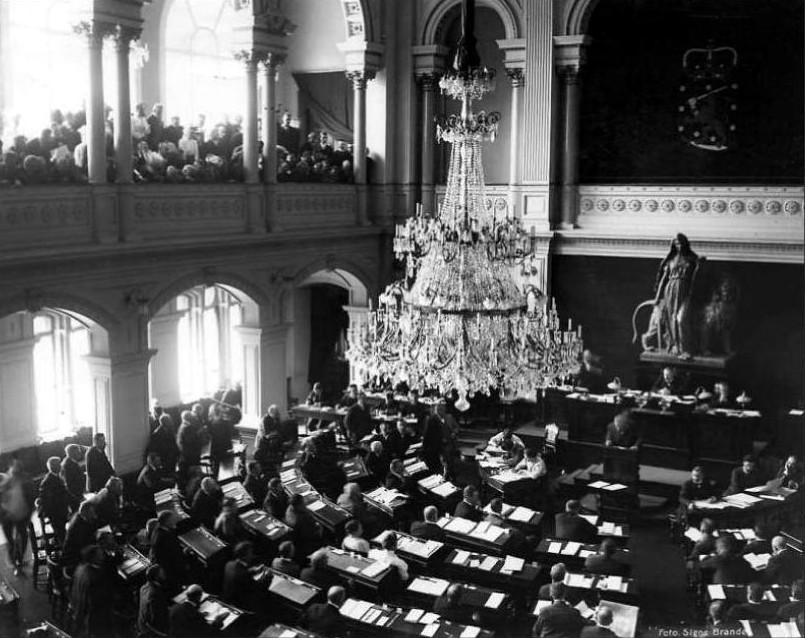The Evolution of the Financialist Kill Chain | From Venice to Amsterdam to London to Wall Street - a 🧵
Ever wonder how global finance evolved from medieval Venice to today's Wall Street? It's a tale of power, strategy, and the relentless pursuit of control. Let's dive into the history of the Financialist Kill Chain. #FinanceHistory #Banking [1/23]
Ever wonder how global finance evolved from medieval Venice to today's Wall Street? It's a tale of power, strategy, and the relentless pursuit of control. Let's dive into the history of the Financialist Kill Chain. #FinanceHistory #Banking [1/23]
Venice, in the 13th-16th centuries, was the birthplace of modern banking. Venetian bankers invented tools like bills of exchange and promissory notes, laying the groundwork for today's financial systems. #Venice #BankingOrigins [2/23]
These innovations weren't just about trade; they were the seeds of the Financialist Kill Chain—a system of debt, speculation, and economic dependency that would come to dominate the world. #FinancialistKillChain [3/23] 

But Venice had a problem: its location made it vulnerable to invasions, especially from the Ottoman Empire. As trade routes shifted, so did the need for a safer financial hub. #VeniceDecline [4/23]
Enter Amsterdam in the 16th-17th centuries. With its strategic location and naval power, it became the new financial capital. The Dutch East India Company (VOC) was born here, revolutionizing global trade. #Amsterdam #VOC [5/23] 

The VOC didn't just trade spices; it spread the Financialist Kill Chain worldwide. Through colonial ventures, it imposed debt and economic dependency on nations, embedding the Kill Chain into new territories. #Colonialism #EconomicControl [6/23]
But the VOC had a bigger plan: to undermine hereditary rulers who stood in the way of their financial dominance. They promoted liberal democracy as a tool to replace monarchs with elected officials more easily influenced by money. #LiberalDemocracy #VOCStrategy [7/23]
As Amsterdam's power grew, so did its vulnerabilities. The small size of the Netherlands and threats from larger powers prompted another shift. This time, to the City of London. #AmsterdamToLondon [8/23]
After the Glorious Revolution of 1688, Dutch financial expertise flooded into England. The Bank of England was established in 1694, centralizing financial power and issuing government debt. #BankOfEngland #FinancialPower [9/23] 

When William of Orange, tied to Dutch financial networks, became King of England, it signaled a new era. The English Crown, once a symbol of hereditary power, was now under the influence of the VOC's financial playbook. #NewEra #FinancialInfluence [10/23]
Liberal democracy, championed by the VOC, served to remove hereditary princes who resisted financial control. Elected officials, often indebted to financial backers, were easier to manipulate. #DemocracyAsTool #FinancialControl [11/23] 

Through the Bank of England and the British Empire, the Financialist Kill Chain spread globally. Debt financed wars and colonial expansion, enslaving nations to perpetual repayment cycles. #BritishEmpire #DebtTrap [12/23]
After World War II, with Europe in ruins, the financial center shifted again—this time to Wall Street. The dollar's dominance and institutions like the IMF cemented America's financial supremacy. #WallStreet #GlobalFinance [13/23]
Today, the Financialist Kill Chain is embedded worldwide. Nations are trapped in debt, speculation drives markets, and economic dependency is the norm. But how did we get here? #ModernFinance #DebtCrisis [14/23] 

One key strategy was cultural homogenization. By promoting individualism and global markets, national identities were eroded, making populations more susceptible to financial control. #CulturalHomogenization #NationalSovereignty [15/23]
Debt remains the ultimate tool of control. Nations borrow heavily, locking themselves into cycles of repayment that benefit the financial elite. This system, born in Venice, perfected by the VOC, now rules the world. #DebtAsControl #FinancialElite [16/23]
The removal of hereditary princes was crucial. Unlike elected officials, monarchs had long-term interests tied to their nations. Removing them cleared the path for short-term financial gains. #HereditaryPrinces #LongTermVsShortTerm [17/23] 

Today, we see the legacy of this system in every economic crisis, every austerity measure, every nation struggling under debt. The Financialist Kill Chain continues to tighten its grip. #EconomicCrisis #Austerity [18/23]
From Venice to Wall Street, the Financialist Kill Chain has shaped our world. Understanding its history helps us see how financial power operates today. What do you think—has this system served humanity, or is it time for a change? #FinanceHistory #WhatsYourTake [19/23]
• • •
Missing some Tweet in this thread? You can try to
force a refresh











